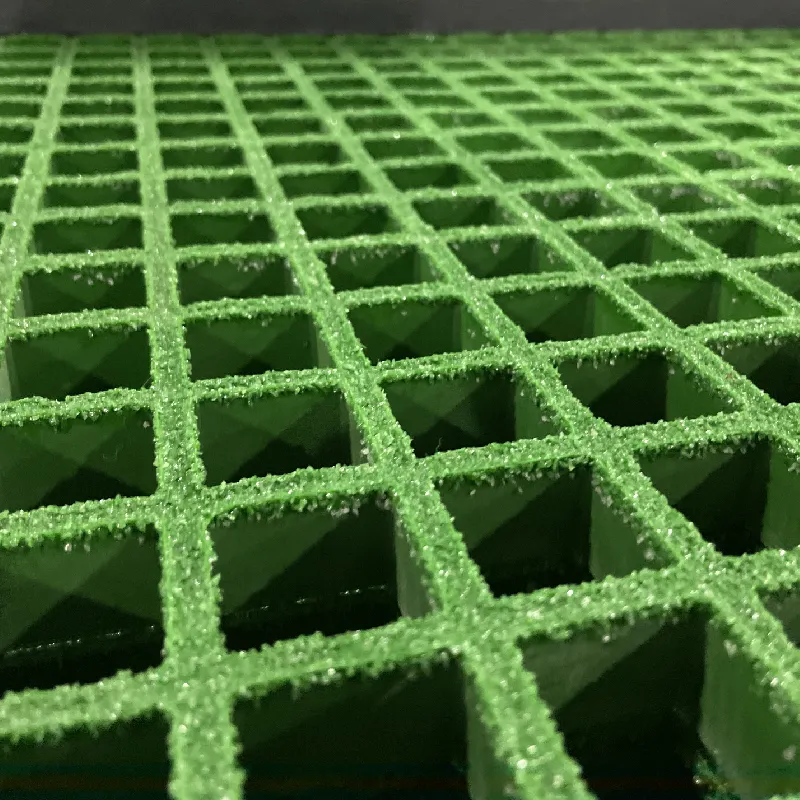loading...
- No. 9, Xingyuan South Street, Dongwaihuan Road, Zaoqiang County, Hengshui, Hebei, China
- admin@zjcomposites.com
- +86 15097380338
- Welcome to visit our website!
frp division bar
Understanding the FRP Division Bar A Key Component in Modern Engineering
In the realm of engineering and construction, the term FRP division bar refers to a specific application of Fiber Reinforced Polymer (FRP) materials used to enhance the structural integrity and performance of various constructions. This innovative material has gained traction due to its unique properties which combine lightweight characteristics with high strength and corrosion resistance.
FRP, or Fiber Reinforced Polymer, is a composite material made of a polymer matrix reinforced with fibers, commonly glass, carbon, or aramid. The incorporation of these fibers significantly boosts the material's tensile strength and stiffness compared to traditional materials such as steel or concrete. This is particularly important in applications where weight reduction is a critical factor, such as in aerospace, automotive, and civil engineering projects.
Understanding the FRP Division Bar A Key Component in Modern Engineering
One of the notable advantages of using FRP division bars is their durability. The resistance to corrosion not only extends the lifespan of the structures but also reduces maintenance costs over time. This is particularly advantageous for public infrastructure, where minimizing outages and repairs is crucial for public service and safety. The long life span of FRP means that once installed, these division bars can remain functional without frequent replacement.
frp division bar

Furthermore, FRP division bars contribute to sustainability goals in construction. As societies increasingly lean towards eco-friendly practices, the lightweight nature of FRP materials means lower transportation costs and energy savings during construction. Additionally, using FRP materials can result in lower overall energy consumption in the lifecycle of the structure, from construction to eventual demolition or recycling.
The manufacturing process of FRP division bars also lends itself to innovation. Advances in technology allow for precision molding and customization to meet specific engineering needs. This flexibility enables engineers to design division bars that can accommodate unique load patterns and configurations, enhancing the efficiency and effectiveness of the overall structure.
Despite their numerous advantages, it is crucial to understand the limitations and best practices for using FRP division bars. While their tensile strength is superior, they may not perform as well under certain compressive loads compared to traditional materials. Engineers must thoroughly assess the specific needs of a project, including load requirements and environmental conditions, to make informed decisions regarding the use of FRP division bars.
In conclusion, the FRP division bar represents a significant advancement in engineering materials, offering a combination of strength, durability, and resistance to environmental factors. As the construction industry moves towards more sustainable and efficient practices, the role of FRP materials will undoubtedly grow. Their unique properties not only enhance structural performance but also contribute to long-term economic and environmental benefits. As technology continues to advance, the potential applications for FRP division bars are likely to expand, paving the way for innovative solutions to modern engineering challenges.
-
The Rise of FRP Profiles: Strong, Lightweight, and Built to LastNewsJul.14,2025
-
SMC Panel Tanks: A Modern Water Storage Solution for All EnvironmentsNewsJul.14,2025
-
GRP Grating: A Modern Solution for Safe and Durable Access SystemsNewsJul.14,2025
-
Galvanized Steel Water Tanks: Durable, Reliable, and Ready for UseNewsJul.14,2025
-
FRP Mini Mesh Grating: The Safer, Smarter Flooring SolutionNewsJul.14,2025
-
Exploring FRP Vessels: Durable Solutions for Modern Fluid HandlingNewsJul.14,2025
-
GRP Structures: The Future of Lightweight, High-Performance EngineeringNewsJun.20,2025
